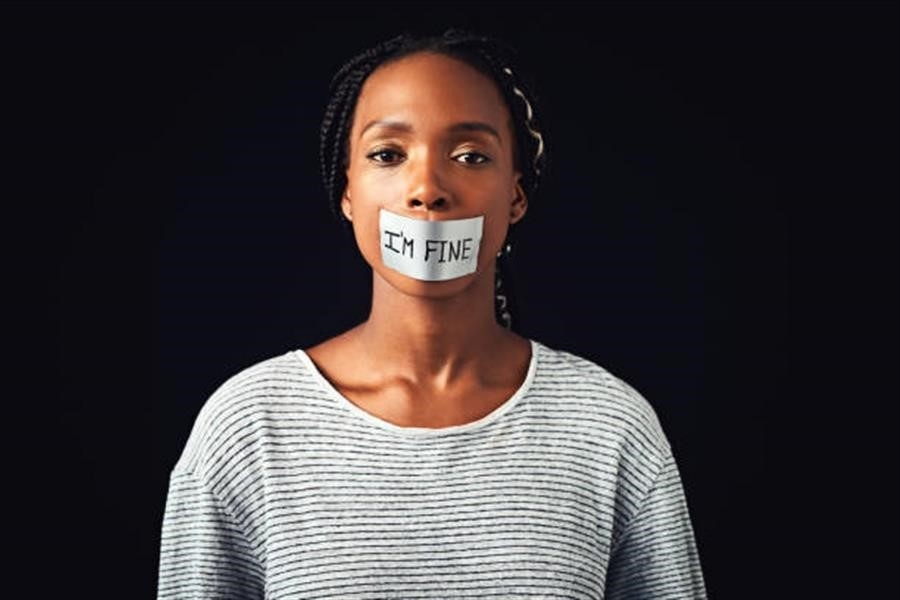What types of woman abuse have been identified?
Abuse tactics have been categorized in a variety of different ways. The impact will be different for every woman. You may not see any signs of abuse, but that doesns’t mean the warning signs aren’t present. The list below groups tactics and gives many examples. No list of examples can be exhaustive. Women who experience abuse may not separate their experiences into distinct categories.
Physical Abuse
Any unnecessary/unwanted physical contact caused by another person resulting in bodily harm, discomfort and/or injury. e.g., slapping, kicking, restraining, choking, and restricting food.
Psychological/Emotional Abuse
Any act that provokes fear, diminishes the individual’s dignity or self-worth, and/or intentionally inflects psychological trauma on another person. (e.g., yelling, intimidating, silence, playing on emotions, degradation, treating her as though she was a child, coming home drunk or stoned, refusing to provide support or help out with the baby/children.)
Sexual Abuse
Any unwelcome or forced sexual activities. (e.g., unwanted sexual contact, forces her to have sex, forcing her to have sex with others, uttering threats to obtain sex, forcing sex when she is sick, after childbirth or surgery, treating her as a sex object, refusing to allow or forcing her to use contraception.)
Verbal Abuse
The use of negative comments that are unwelcome, embarrassing, offensive, threatening/or degrading to a woman. (e.g. name calling, false accusations, lying, saying one thing and meaning another.)
Financial Abuse
Any behaviour that reduces/eliminates a woman’s financial independence and/or financial decision-making. (e.g. taking her money, forging her name, withholding money, spending money on addiction, gambling, sexual services, keeping family finances a secret.)
Stalking
While legal definitions of stalking vary from one jurisdiction to another, a good working definition of stalking is a course of conduct directed at a specific person that would cause a reasonable person to feel fear.
Social Abuse
Any behaviour resulting in the isolation and alienation of a woman from friends or family. (e.g. controlling what she does, whom she sees and talks to, failing to pass on messages, treating her like a servant, and making a “scene” in public.)
Religious Abuse
Any tactics that exert power and control over a woman’s spirituality and religious orientation. (e.g. using religion to justify abuse or dominance, using church position to pressure for sex or favours.)
Using Children
The use of threats or actions to harm the children or to take the children from her in order to control what she does, making her feel guilty about the children, using the children to relay messages.
Environmental Abuse
Any tactics used that result in a woman being fearful of her surroundings. (e.g., slamming doors, punching walls, harming pets, driving too fast.)
Using Privilege/Social Status
Any comments or actions that suggest she is inferior because she comes from a different socio-economic background, the use of social status or wealth to hide or deny abusive behaviour, the use of wealth to involve her in expensive legal proceedings or to manipulate or prolong legal proceedings.
(The Middlesex-London Health Unit first published this description of types of woman abuse. The Women’s Mental Health and Addictions Action Research Coalition revised it in 2007.)
Adapted with permission from the Centre for Research and Education on Violence against Women and Children from materials produced by the Ontario Women’s Directorate and CREVAWC for their Neighbours, Friends and Families campaign.
“Abuse doesn’t always bleed”.



